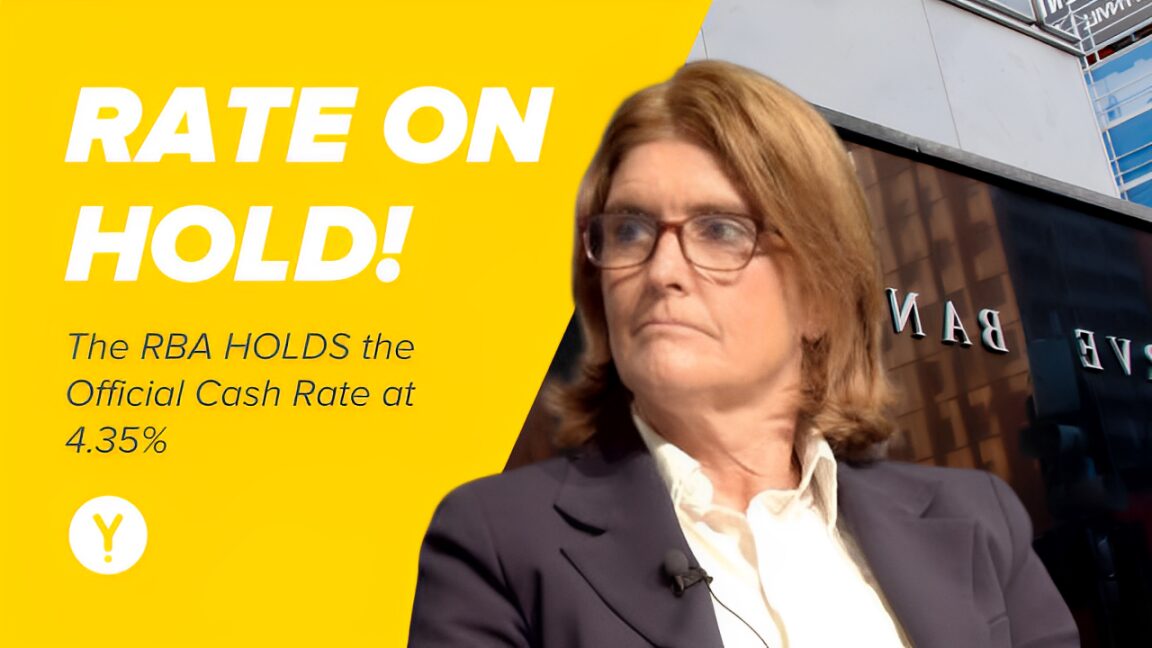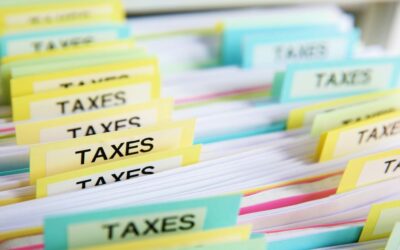In this article:

The ‘new-look’ Reserve Bank of Australia has made its first cash rate decision for 2024, deciding to leave the official interest rate at 4.35%.
Whilst this isn’t ground breaking news, as almost all corners of the media have been expecting the RBA to hold steady at 4.35% for some time now, there are still a number of questions and concerns for the year ahead.
The RBA board released a statement following their decision stating that despite inflation continuing to ease in December, “it remains high at 4.1%.”
They reiterated that the outlook for inflation is “still highly uncertain.”
“While there are encouraging signs, the economic outlook is uncertain and the Board remains highly attentive to inflation risks. The central forecasts are for inflation to return to the target range of 2–3 per cent in 2025, and to the midpoint in 2026.”
“While recent data indicate that inflation is easing, it remains high. The Board expects that it will be some time yet before inflation is sustainably in the target range. The path of interest rates that will best ensure that inflation returns to target in a reasonable timeframe will depend upon the data and the evolving assessment of risks, and a further increase in interest rates cannot be ruled out.”
The Power of the RBA’s Cash Rate Decision
The RBA’s monthly cash rate announcement is akin to the thermostat setting for Australia’s economic temperature. It controls the cost of borrowing, influences the interest rates you receive on your saving accounts, and provides a benchmark for the lending practices in the banking sector. The RBA has dual mandates: to maintain a stable and sustainable currency value for the Australian dollar, and to foster full employment for the Australian workforce.
Every tweak to the cash rate is a strong message from the RBA, reflecting their analysis of inflation, wage growth, global economic performance, and Australia’s domestic conditions. With this in mind, let’s dissect the implications of the latest decision for February 2024.
Impact on Everyday Australians
Since May 2022, Australia has seen a drastic rise in the cash rate, with the November 2023 rate hike bringing the cash rate to 4.35% – its highest level in over a decade. With this latest decision to keep rates unchanged, there is some respite for homeowners and potential buyers alike.
For those with existing mortgages, it means no immediate increase in their monthly repayments. However, the RBA has made it clear that they are closely monitoring rising property prices and household debt levels, and may be forced to make further rate hikes if necessary.
First home buyers may have a little more breathing room to enter the market, but with property prices still soaring and competition fierce, it’s no easy feat. For the average Australian, the rate hiking cycle has meant tighter financial belts and a reassessment of long-term financial strategies.
Inflation & Cost of Living Pressures
Whilst the cash rate has remained steady for now, inflation rates continue to be a major concern for the RBA. Inflation is a measure of how much prices are increasing for everyday goods and services, and is a key factor in the cost of living. Managing inflation levels is crucial as it can have a direct impact on our purchasing power and standard of living. Inflation has been on the rise since 2022, with some sectors experiencing significant price increases, such as housing and utilities. However, there are also some areas where prices have been falling, such as clothing and airfares.
This has resulted in a complex inflation basket for the RBA to manage, with some items increasing and others decreasing – making it difficult to make sweeping decisions that will have an impact on all Australians.
Is it too early for talk of rate cuts?
Mark Bouris and Stephen Koukoulas put the RBA’s recent decisions into context for Australians on their latest episode of Property Insights.
“We’re pretty confident saying the rate hiking cycle is over,” said Koukoulas.
“We’re on hold, but we’re not ready to cut. [The RBA] wants to see that information flow confirming [that the decreasing rate of inflation] is not just once off wonder.”
“We want to see several quarters of low inflation.We’ll watch that unemployment rate. And if it starts going up 0.1% every single month for the next six months or more, we’ve got a potential problem that we’ll have to head off at the pass.”
“That’s when the rate cuts scenario gets full credence.”
Bouris and Koukoulas pointed out a mirror scenario that occurred in 2022, when the cash rate was at a record low of 0.1% and the RBA, in Koukoulas’ mind start to raise rates until it was slightly too late:
“Overwhelming, I don’t know if anyone’s calling for a rate hike anymore,” said Koukoulas.
“A lot of people are on hold, as in a lot of the economic forecasters that I see and read and talk to are calling for a hold. There are even a couple of comments that suggest the RBA probably need to start cutting before the freight train runs off the rails.”
“So there’s a few people that preempt the economy slowing down,” said Koukoulas, suggesting that some commentators are encouraging the RBA to start cutting before the economy starts to show signs of slowing down too drastically.
“It’s not going to cause inflation to spike, but it’s just that little mini insurance premium. Thinking back to Dr. Lowe, when he didn’t hike 2022 and when the cash rate was point one, a couple of 0.25% hikes when it wasn’t going to kill the economy,” would have gone a long way.
Instead, Koukoulas said the RBA continued to leave the cash rate at 0.1% despite the impending signs, and naturally, inflation started to get out of control.
“The mirror image of that is right now, we could see one or two rate cuts, where we call it insurance policies against an economic downturn, which isn’t going to cause inflation to boom again. That’s the bait for people who think that the RBA might start cutting rates a bit earlier.”
Property Prices Continue Rise in Values
CoreLogic reported that their national Home Value Index saw yet another monthly increase of 0.4% in housing values for January, marking 12 consecutive months in rising values.
Despite this, “housing market performance remains diverse around the country,” CoreLogic reported.
“Three capitals recorded a subtle decline over the month (Melbourne -0.1%, Hobart -0.7% and Canberra -0.2%), while Perth, Adelaide and Brisbane values continued to rise at the monthly rate of 1% or more.”
CoreLogic’s research director, Tim Lawless said: “Despite ongoing cost of living pressures, high interest rates, low consumer sentiment and affordability constraints, homes are still selling. Housing demand has been buoyed by high migration, but also tight rental markets that have probably incentivised renters to transition towards home ownership if they can afford to do so.”
He cited the volume of sales, which according to their data has remained above average in the previous three months, as evidence of the housing market continuing to buck negative economic sentiments.
How Do You Make Sense Amongst the Noise?
In light of the RBA’s recent decisions, if you’re aspiring to achieve your property and financial goals, now’s the time to reach out to one of our experienced mortgage brokers. With their up-to-date expertise and dedication to finding you the best home loan solutions, they will help you secure your financial future in these changing times. Our team understands that buying a home or refinancing your current mortgage can be a daunting and overwhelming process. That’s why we make it our priority to guide you through every step of the way, making sure you have a clear understanding of all your options.
Reach out today and we’ll get your sorted.



